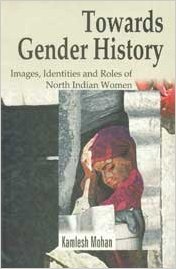Using historical sources, including official and nonofficial, published and unpublished in combination with oral tradition and other sources, Kamlesh Mohan attempts an exploration of the varied formulations of culture and their interplay with economic forces from the colonial period to contemporary India. Through three sections, we journey through colonial Punjab, Sikh society, Jallianwala Bagh, Nehruvian utopias and globalization. The opening question in the first section, ‘Reforming Women’, ‘what shall we do with religion?’ (p. 21) sets the tone for an examination of the ways in which Sikh tradition conceptualizes women. Arguing that even while Sikh religious tradition presented some departures from Hinduism, its rootedness in brahmanical patriarchy on the one side, and the hegemony of the extremely patriarchal Jats within Sikhism on the other served to freeze and stereotype gender formations. This was further accentuated by the cultivation of a martial culture as a defining trait of the faith. At its originary moment, though, Sikhism launched a valiant drive to remove prejudice against women.
Protesting against exploitation, political abuse, social degradation, cultural anomie and the immiseration of the people, Guru Nanak was utterly conscious of the way in which all of this was linked to the exploitation of women and their vulnerability: (pp. 24–25) Babur has descended upon India, with the wedding party of lust and forcibly demands surrender of the bride. Decency and law have hidden themselves. The evil is strutting about in triumph. Mohammedan and Hindu priests are discarded; and Satan is solemnising the marriages. (Babarvani, cf. 25)

